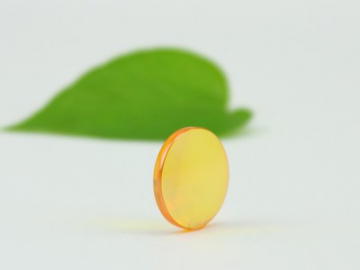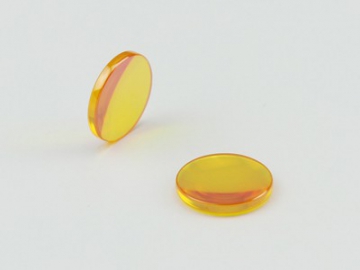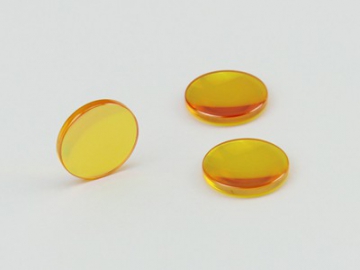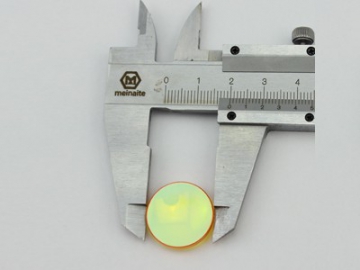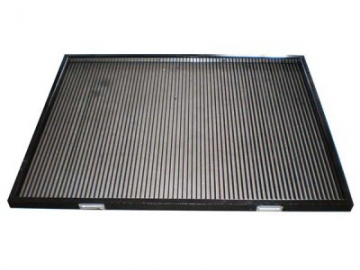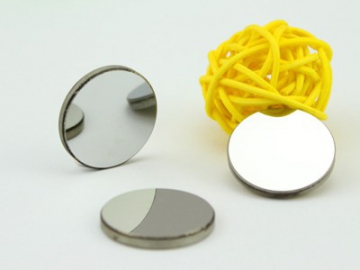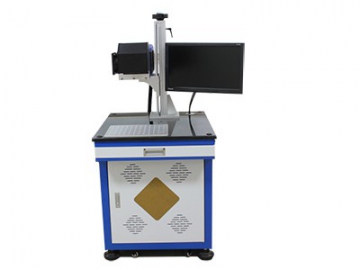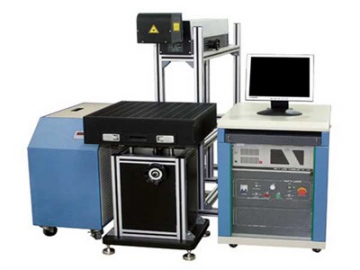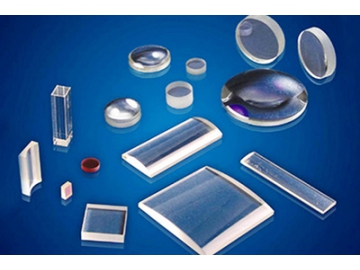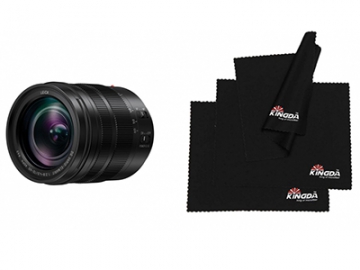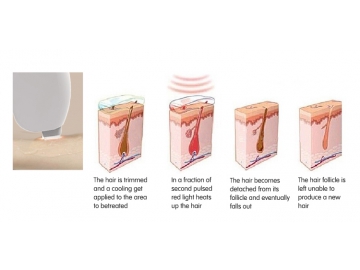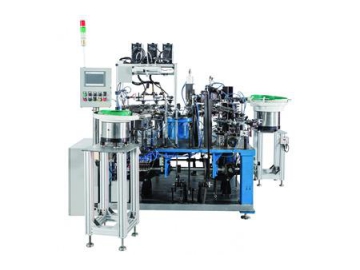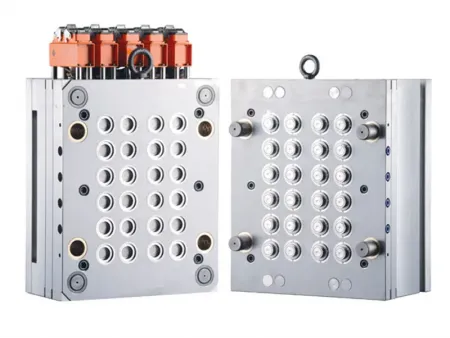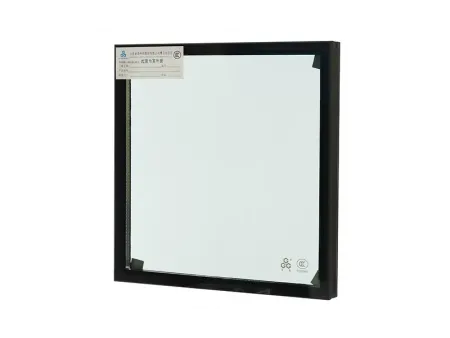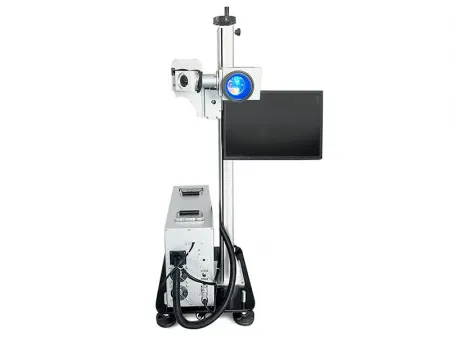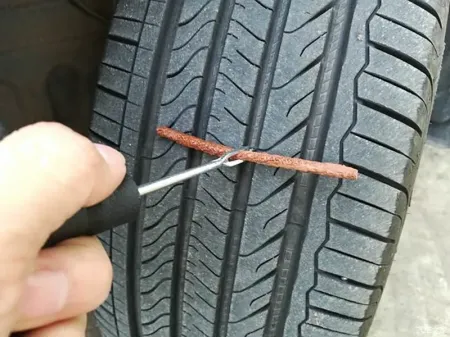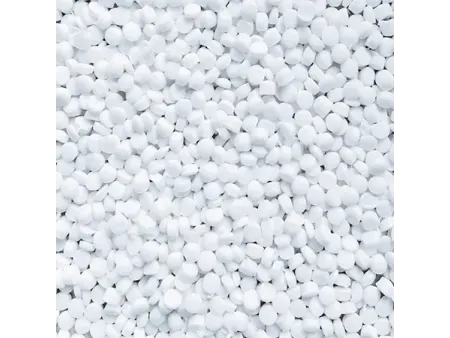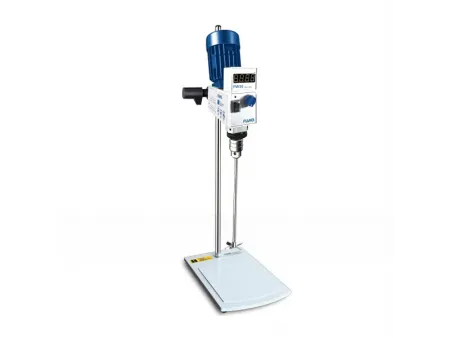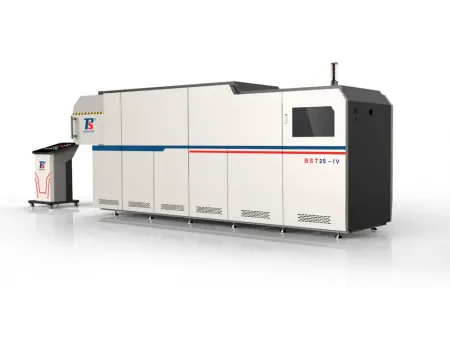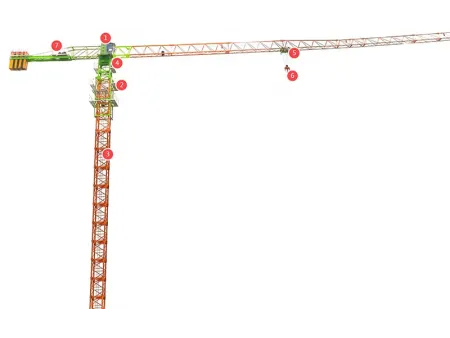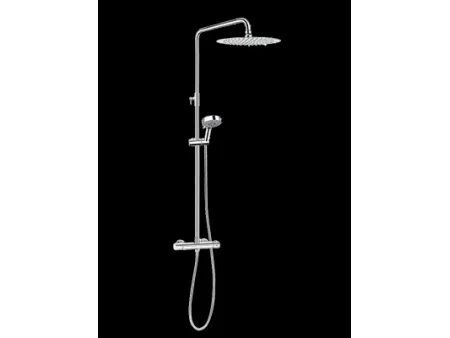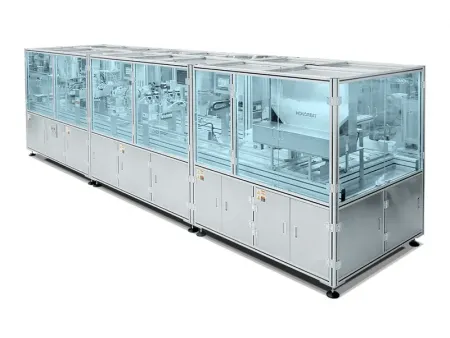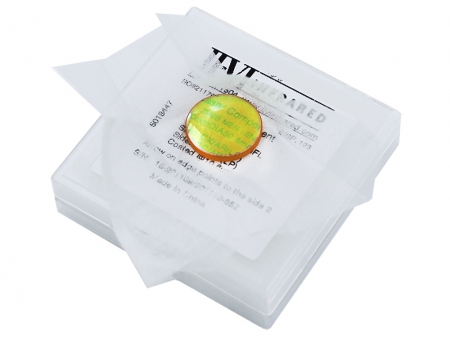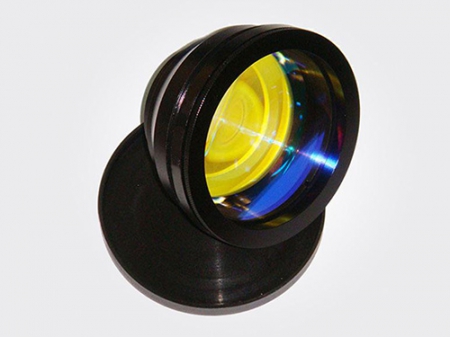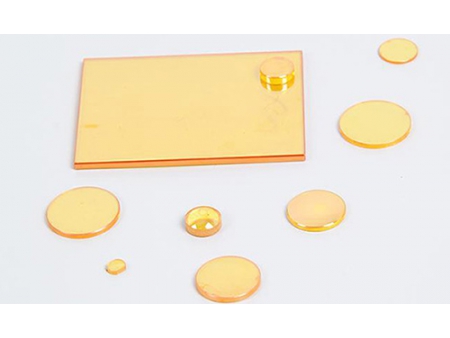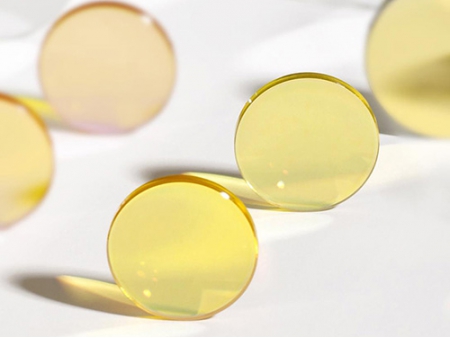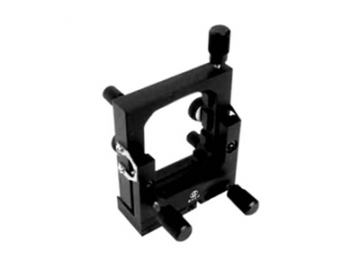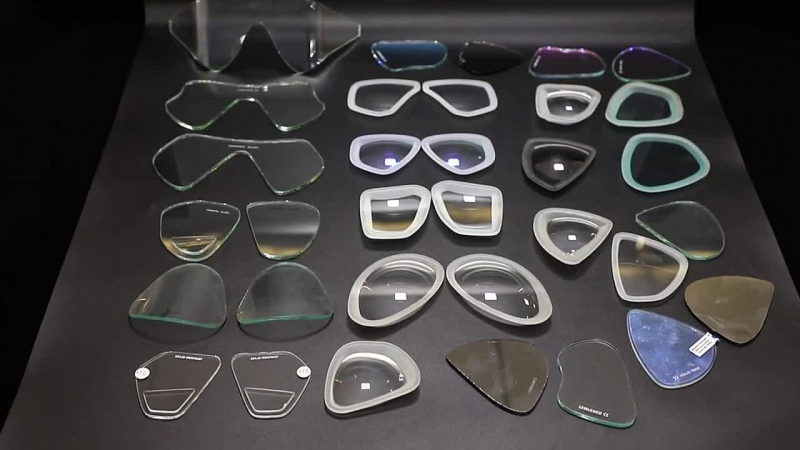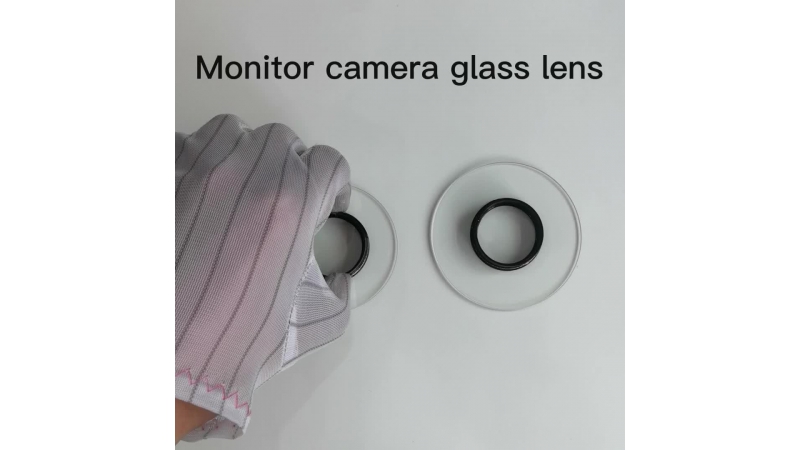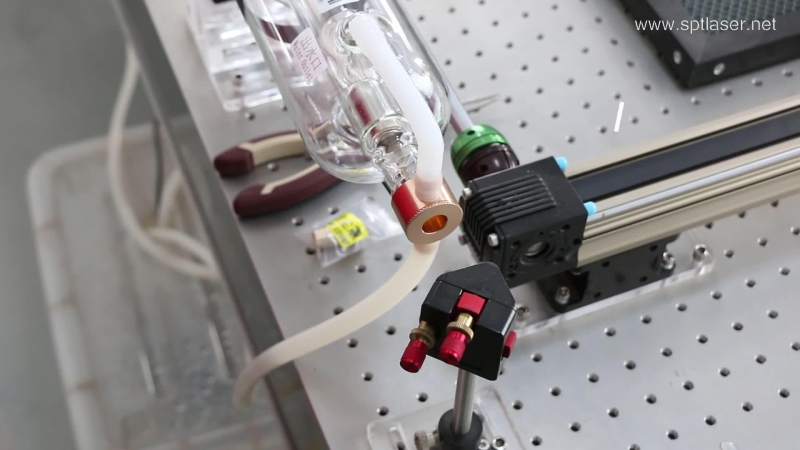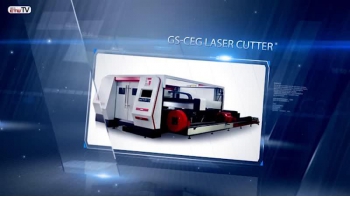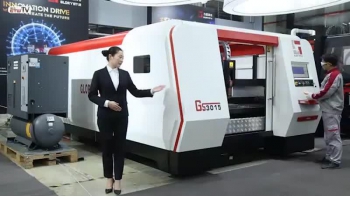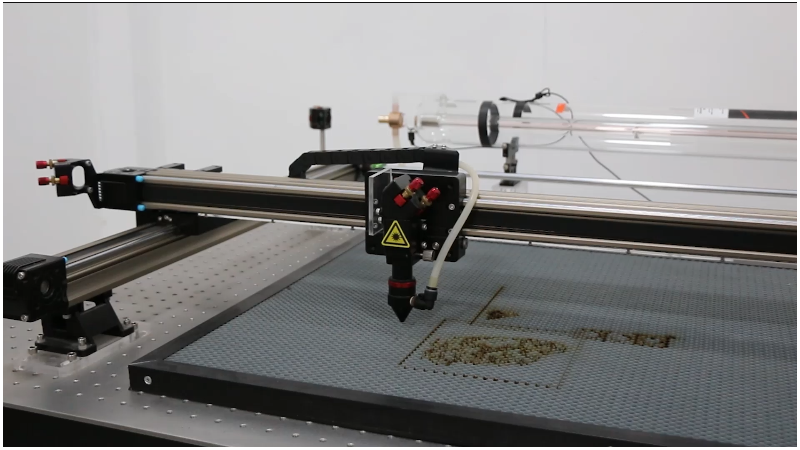Laser Focus Lens
The laser focus lens features CVD ZnSe imported from America, boasting low material absorption rate, excellent high-power density endurance, firm surface membrane, and great scratch resistance. The imported CVD ZnSe double-side antireflection film is mainly used to decrease or eliminate the reflective lights from optical lens, prisms, plane mirrors, etc. so as to increase light penetration and decline or eliminate stray lights. To adapt to increasingly expanded applications, various antireflection films are developed, like single-wavelength antireflection film, dual-wavelength antireflection film, bandwidth antireflection film, super wide bandwidth antireflection film, dual-waveband antireflection film, etc. In the common working band (10.6 um) of CO2 laser industry, the transmittance of the CO2 laser focus lens can reach stunning 99.8%. This single chip focus lens is often used as laser cutting machine focus lens, laser engraving machine focus lens, etc.
All the CVD ZnSe focus lenses with common diameters like 18mm, 19.05mm, 20mm, and 25mm are available in Eastern Laser, and we also provide trailer-made laser focus lenses with various diameters to satisfy any requirement.
Model Number Format for Laser Focus Lens
FL: focus lens with single focus
10.6: 10.6um in wavelength
F:Focal length (mm)
D: Diameter (mm)
T:Thickness(mm)
yy: other applications
| No. | Model | Diameter (mm) | Focal length (mm) | Thickness (mm) | Material |
| 01 | D12.7ET2FL2 | 12.7 | 50.8 | 1.8 | ZnSe/CaAs |
| 02 | D14.5ET2FL1.5 | 14.5 | 38.1 | 1.8 | ZnSe/CaAs |
| 03 | D14.5ET2FL2.0 | 14.5 | 50.8 | 1.8 | ZnSe/CaAs |
| 04 | D15.26ET2FL1.5 | 15.26 | 38.1 | 2.0 | ZnSe/CaAs |
| 05 | D15.26ET2FL2.0 | 15.26 | 50.8 | 2.0 | CVD /PVD ZnSe |
| 06 | D15.26ET2FL2.5 | 15.26 | 63.5 | 2.0 | CVD/PVD ZnSe |
| 07 | D18ET2FL1.5 | 18.0 | 38.1 | 2.0 | CVD /PVD ZnSe |
| 08 | D18ET2FL2.0 | 18.0 | 50.8 | 2.0 | CVD /PVD ZnSe |
| 09 | D18ET2FL2.5 | 18.0 | 63.5 | 2.0 | CVD /PVD ZnSe |
| 10 | D18ET2FL3.0 | 18.0 | 76.2 | 2.0 | CVD /PVD ZnSe |
| 11 | D18ET2FL4.0 | 18.0 | 101.6 | 2.0 | CVD /PVD ZnSe |
| 12 | D20ET2FL1.5 | 20.0 | 38.1 | 2.0 | CVD /PVD ZnSe |
| 13 | D20ET2FL2.0 | 20.0 | 50.8 | 2.0 | CVD /PVD ZnSe |
| 14 | D20ET2FL2.5 | 20.0 | 63.5 | 2.0 | CVD /PVD ZnSe |
| 15 | D20ET2FL3.0 | 20.0 | 76.2 | 2.0 | CVD /PVD ZnSe |
| 16 | D20ET2FL4.0 | 20.0 | 101.6 | 2.0 | CVD /PVD ZnSe |
| 17 | D19.05ET2FL1.5 | 19.05 | 38.1 | 2.0 | CVD /PVD ZnSe |
| 18 | D19.05ET2FL2.0 | 19.05 | 50.8 | 2.0 | CVD /PVD ZnSe |
| 19 | D19.05ET2FL2.5 | 19.05 | 63.5 | 2.0 | CVD /PVD ZnSe |
| 20 | D19.05ET2FL3.0 | 19.05 | 76.2 | 2.0 | CVD /PVD ZnSe |
| 21 | D19.05ET2FL4.0 | 19.05 | 101.6 | 2.0 | CVD /PVD ZnSe |
| 22 | D25.4ET3FL50.8 | 25.4 | 50.8 | 3.0 | CVD ZnSe |
| 23 | D25.4ET3FL63.5 | 25.4 | 63.5 | 3.0 | CVD ZnSe |
| 24 | D25.4ET3FL76.2 | 25.4 | 76.2 | 3.0 | CVD ZnSe |
| 25 | D25.4ET3FL101.6 | 25.4 | 101.6 | 3.0 | CVD ZnSe |
| 26 | D25.4ET3FL127 | 25.4 | 127 | 3.0 | CVD ZnSe |
| 27 | D27.94ET3FL50.8 | 27.94 | 50.8 | 3.0 | CVD ZnSe |
| 28 | D27.94ET3FL63.5 | 27.94 | 63.5 | 3.0 | CVD ZnSe |
| 29 | D27.94ET3FL76.2 | 27.94 | 76.2 | 3.0 | CVD ZnSe |
| 30 | D27.94ET3FL101.6 | 27.94 | 101.6 | 3.0 | CVD ZnSe |
| 31 | D27.94ET3FL127 | 27.94 | 127 | 3.0 | CVD ZnSe |
| 32 | D30ET3FL50.8 | 30.0 | 50.8 | 3.0 | CVD ZnSe |
| 33 | D30ET3FL63.5 | 30.0 | 63.5 | 3.0 | CVD ZnSe |
| 34 | BL30ET3FL76.2 | 30.0 | 76.2 | 3.0 | CVD ZnSe |
| 35 | BL30ET3FL101.6 | 30.0 | 101.6 | 3.0 | CVD ZnSe |
| 36 | D30ET3FL127 | 30.0 | 127 | 3.0 | CVD ZnSe |
| 37 | D38.1ET2FL5 | 38.1 | 127 | 7.87 | CVD ZnSe |
| 38 | D38.1ET2FL7.5 | 38.1 | 190.5 | 7.87 | CVD ZnSe |
- When using optical elements, you should always wear powder-free finger cots or rubber / latex gloves in that dirt and oil stains will seriously contaminate optical elements, resulting in a significant decline in performance.
- Do not use any tool to manipulate optical elements, including tweezers.
- For the purpose of protection, optical elements should always be placed on provided lens paper.
- Do not place optical elements on hard or rough surfaces because infrared optical elements can be easily scratched.
- Do not clean or touch the surface of exposed gold or copper.
- All materials used to produce infrared optical elements are fragile, whether they are single crystal or polycrystalline, whether the grains are large or small. The materials are not as strong as glass, and they can not bear the same procedures as those of glass optical elements
- Because when you clean optical elements installed on frames, a variety of problems may occur, it is recommended that you only resort to the cleaning proced


